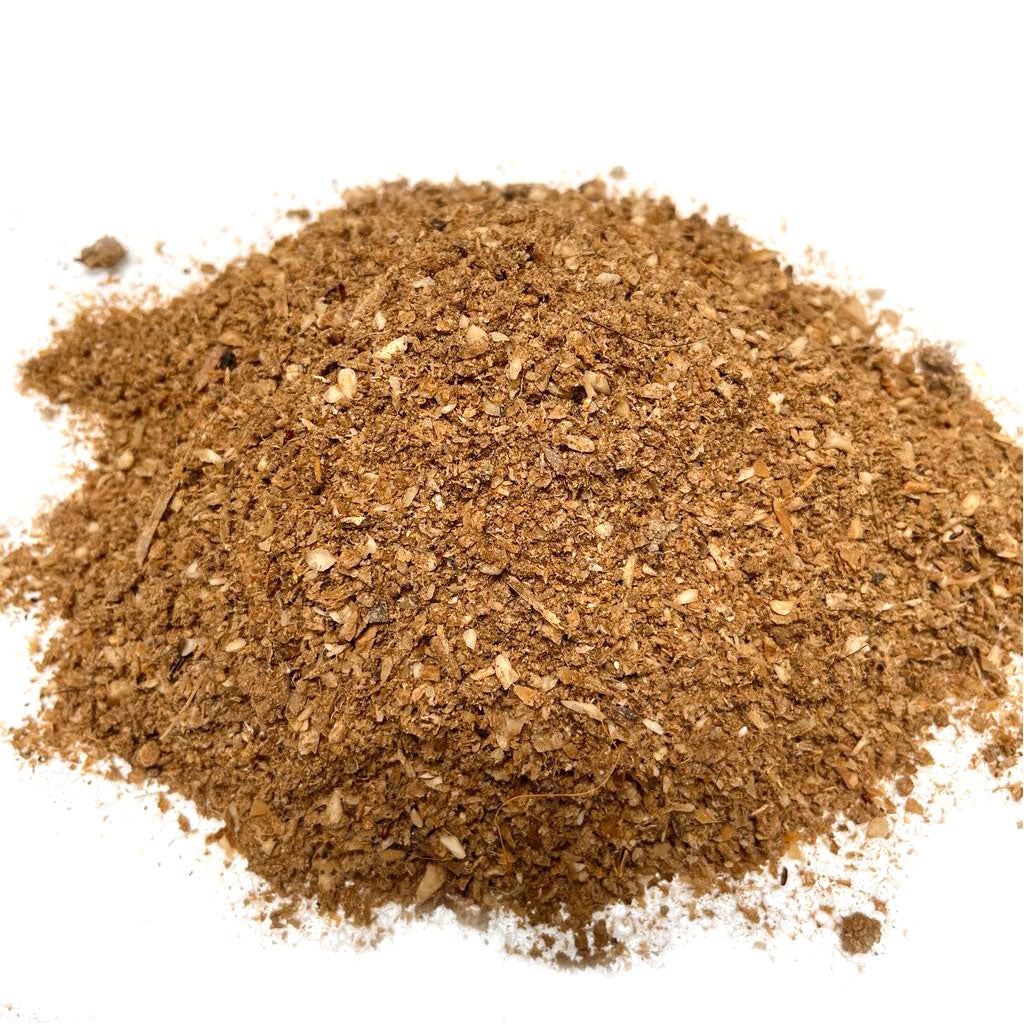Bone Meal Fertilizer for Bulbs & Roots
Description
Bone meal is a natural fertilizer derived from steamed and crushed animal bones, providing essential nutrients like phosphorus and nitrogen to support robust plant growth.
Rich in phosphorus, it encourages strong root development and vibrant blooms, while also supplying calcium and trace nitrogen for overall plant health. Its slow-release nature minimizes the risk of over-fertilization, making it safe for long-term use.
Particularly beneficial for roses, hibiscus, tuberose, dahlias, and bulbs, bone meal offers a sustained nutrient supply that can last a year or more, especially in its coarse form, which releases nutrients gradually for extended effectiveness.
Application
- One tablespoon is needed for every two square feet
- When planting bulbs , by adding 1/2 teaspoon per plant will give spectacular bloom
- You can also mix bone meal into the top one to three inches of soil in the spring for other plants.
- Bone meal is most effective when well-mixed with the garden soil so it's close to plant roots.
- Because bone meal is slow acting it should be applied and watered in a few weeks before your plants will need it.
Where not to use Bone Meal
- Not on acid loving plants like Rhododendrons, Azalea, Camellia, Heathers, Cranberry, and potatoes. The calcium in bone meal may increase soil ph.
- Take care if using bone meal where soil ph is already high.
- Care needed in gardens with pet dogs. Your pet may lick and scratch where it has been used as a top dressing. Timing the application, watering in, raking over, fencing off the area, are among possible solutions.













